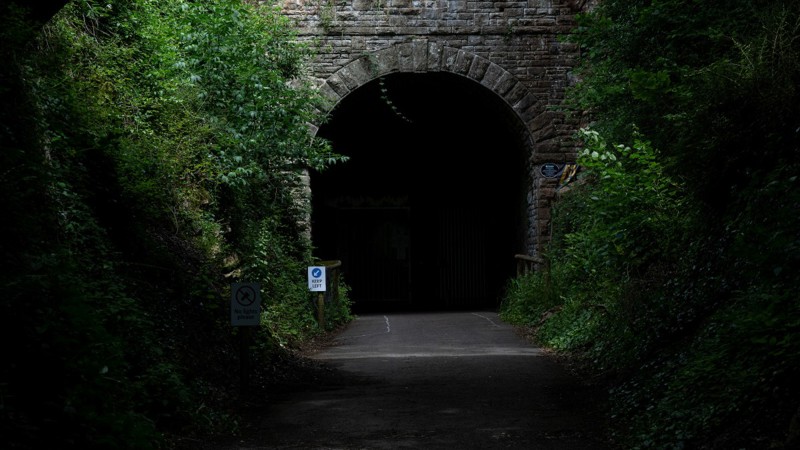Decision making and handover process
Our main role is to keep the Historical Railways Estate structures maintained and safe. But we also work with partners to find new uses for the structures and bring them back into public use

Here we outline the processes we follow to hand over structures to other organisations who want to make use of them, and how we make decisions about structures that are in a critical condition.
Bringing structures back into use
We’re passionate and committed to finding new uses for the structures we look after whenever we can. We work with many organisations who may be able to give them a new lease of life as walking and cycling routes, or heritage railways.
We’ll approach them if we feel there’s a potential use for a structure, or if someone else is better placed to manage it than us. This includes partners such as Sustrans, Railway Paths Limited and other heritage railway organisations, and sometimes local authorities.
Once a potential project has been identified, we’ll work in partnership to examine whether the idea can be taken forward. We’ll then take it through a process leading to the handover of the structure.
The consultation and handover process
When an organisation expresses an interest in taking on a structure, we review the proposal to ensure that:
- they will be able to look after it permanently and ensure its safety
- the structure is a good fit for their plans
Generally, we transfer structures to organisations which already own or manage structures, and those which have specific railway heritage expertise and a Transport and Works Act Order.
If we’re satisfied the above conditions are met, we’ll begin the process of legally transferring the structure, which will be signed off by the Department for Transport.
Sometimes we’ll repair and refurbish the structure before we hand it over. Following the transfer, we’ll make a financial contribution for its future maintenance.
When we transfer ownership of a structure, the new owner becomes responsible for its future maintenance and safety. When we lease structures, we may retain some of these responsibilities, depending on the contract agreed.
When structures become critical
Sometimes, while carrying out assessments on the Estate, we may decide that a structure needs urgent action as its condition is dangerous or at risk of becoming dangerous.
For structures with roads running over or under them, we have a joint responsibility with the local authority to ensure their safety. Safety is one of our key priorities and values, so we’ll always prioritise such work.
There have been occasions where structures have partially collapsed due to issues outside our control, for example a bridge being hit by a vehicle. In these situations, we work as fast as possible to prevent risk to the public.
Where possible, we repair the structure to make it safe, but there may be occasions when we need to infill or demolish a structure for safety reasons. We only do this as a last resort and where there’s no other option.
This only happens once the structure has been through a comprehensive review process involving our Stakeholder Advisory Forum and the planning authorities. This involves careful assessment on safety grounds, and agreement that infilling or demolition are the only reasonable or feasible options available.
What are our responsibilities?
We manage the estate on behalf of the Department for Transport. The government transferred responsibility for maintaining the HRE to National Highways under a specific protocol agreement.
This agreement sets out that we have a legal responsibility to:
- Inspect the structures every year.
- Maintain the structures to keep them safe.
- Manage parcels of former railway land and property to keep these spaces secure and safe.
- Manage the letting arrangements for any properties that are part of the estate.
- Look for ways for us to transfer structures in the HRE to local authorities or other bodies, if possible.
- Carry out the “maintenance programme based on safety, priority ranking and affordability”.
These terms are set out in full in the protocol agreement on the government website.
Find out more
All of the details of our Freedom of Information requests we responded to are available on our disclosure log. If you are looking to submit an FOI request, it’s worth checking the log, in case the information you want is already available.
Learn more about how our team works closely with local authorities, UK active travel charities, Sustrans, Railway Paths and other organisations on our How we work with stakeholders page.
Our transfer work
Since its transformation to the Wye Valley Greenway, Tidenham Tunnel has received a National Heritage Award. The pioneering project led by Greenways and Cycleroutes came about following plans by Sustrans, who approached us in 2019.
We then worked with the Department for Transport (DfT) who granted permission for us to lease the structure on a long-term basis to Sustrans.
